6 Must-See Temples In Luxor (A Local’s Guide)
5 min readLuxor is home to the most incredible temples of Ancient Egypt – from monuments to the supreme sun god to mortuary temples of history’s greatest pharaohs.
It’s a bucket list destination for lovers of Ancient Egypt – and anyone who spent their childhood watching National Geographic and Indiana Jones.
You could easily spend a lifetime exploring Luxor – and many Egyptologists have.
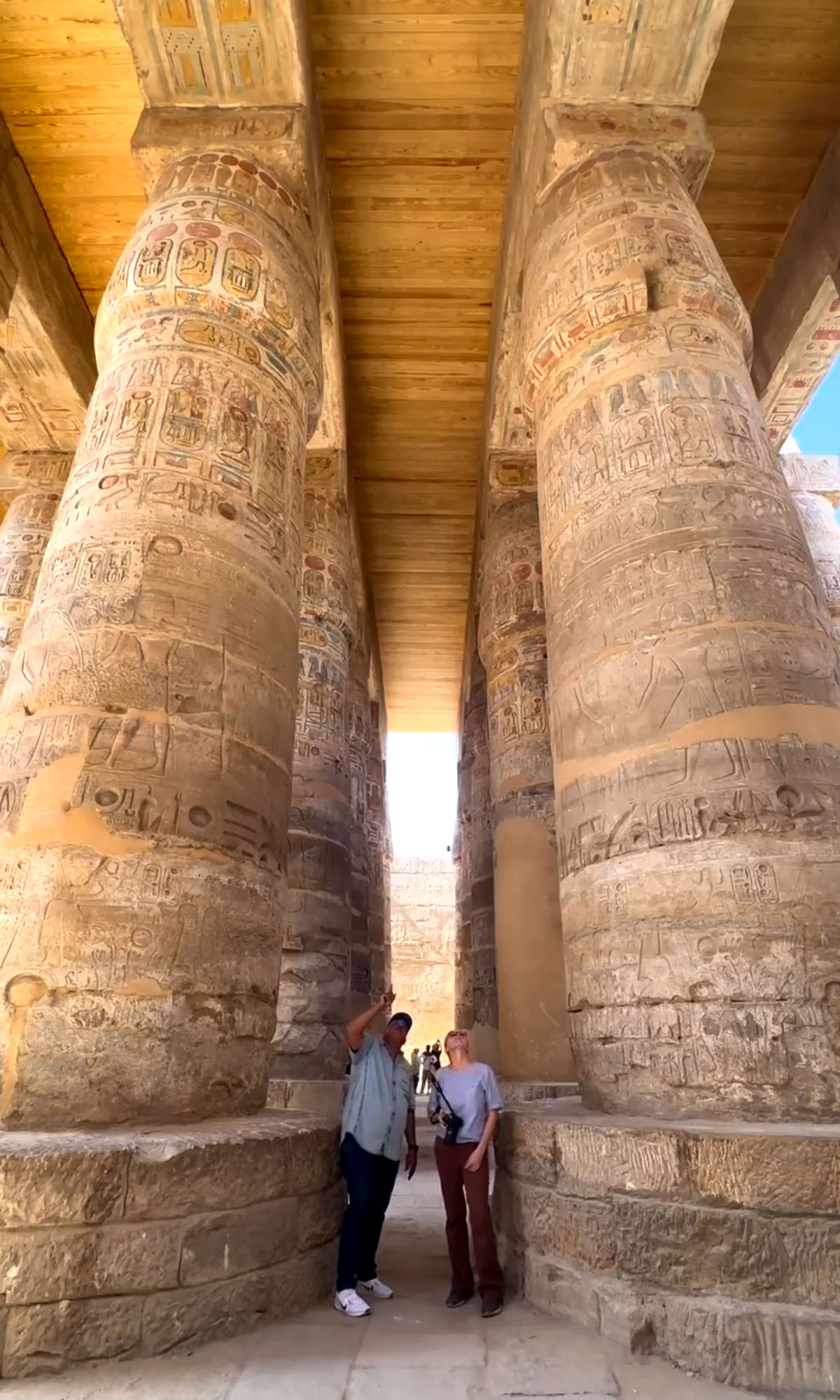
But Luxor can also be overwhelming. It’s packed with temples, tombs and historical sites. And it’s hard to know where to start.
Visitors often complain of getting “templed out” because there’s so much to see.
I’m an expat living for over a decade in Egypt and I’ve visited Luxor numerous times. I’ve explored the city’s best-known temples and treasures off the beaten path.
And this is my ultimate guide to all the must-see temples in Luxor – including my insider tips and hidden gems!
Must-see temples in Luxor:
1. Karnak Temple
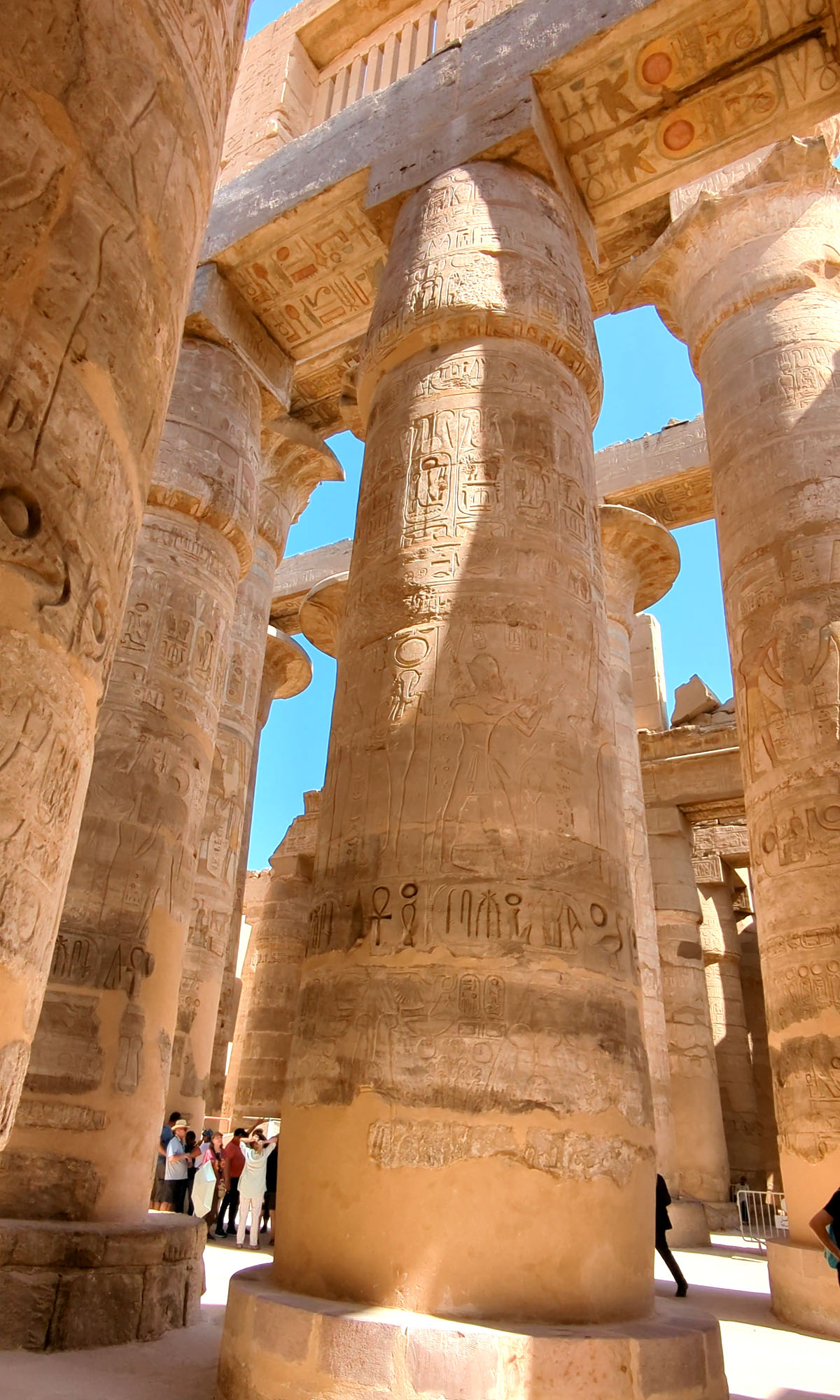
Karnak is simply mind-blowing. This sprawling temple complex is the undisputed masterpiece of Ancient Egypt – built by a whopping 30 pharaohs over 1,500 years.
It’s a giant game of architectural Tetris where each pharaoh added their own showstopper to outshine their predecessor.
And it’s the world’s second-biggest temple (after Angkor Wat). Karnak is a treasure trove of history with a towering hypostyle hall that feels like a forest of brightly colored columns.
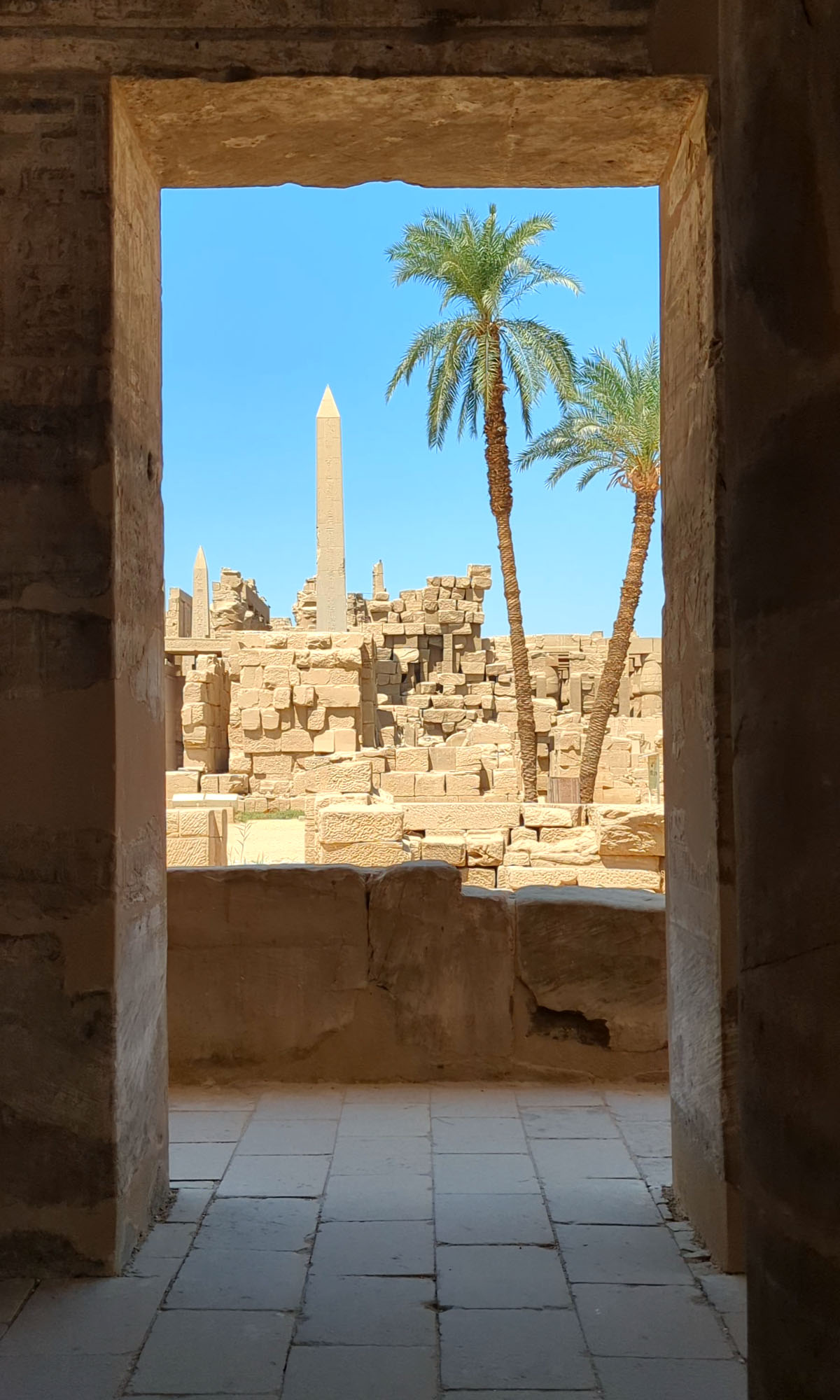
Insider’s tip: To avoid temple overload, grab a cold hibiscus tea (it’s delicious!) at the cafes alongside the sacred lake and explore the temple in sections. Trust me, a few hours at Karnak are hardly enough and you’ll want to return for more!
You’ll also find a famous obelisk erected by female pharaoh Hatshepsut, and an avenue lined with sphinx statues that leads you straight to Luxor Temple.
If you’re visiting in the summer, go early to avoid the heat. Karnak opens at 6 am and the cooler air is so worth that early wake-up call. There’s also an atmospheric Sound & Light show that I love for the colors and drama.
2. Luxor Temple
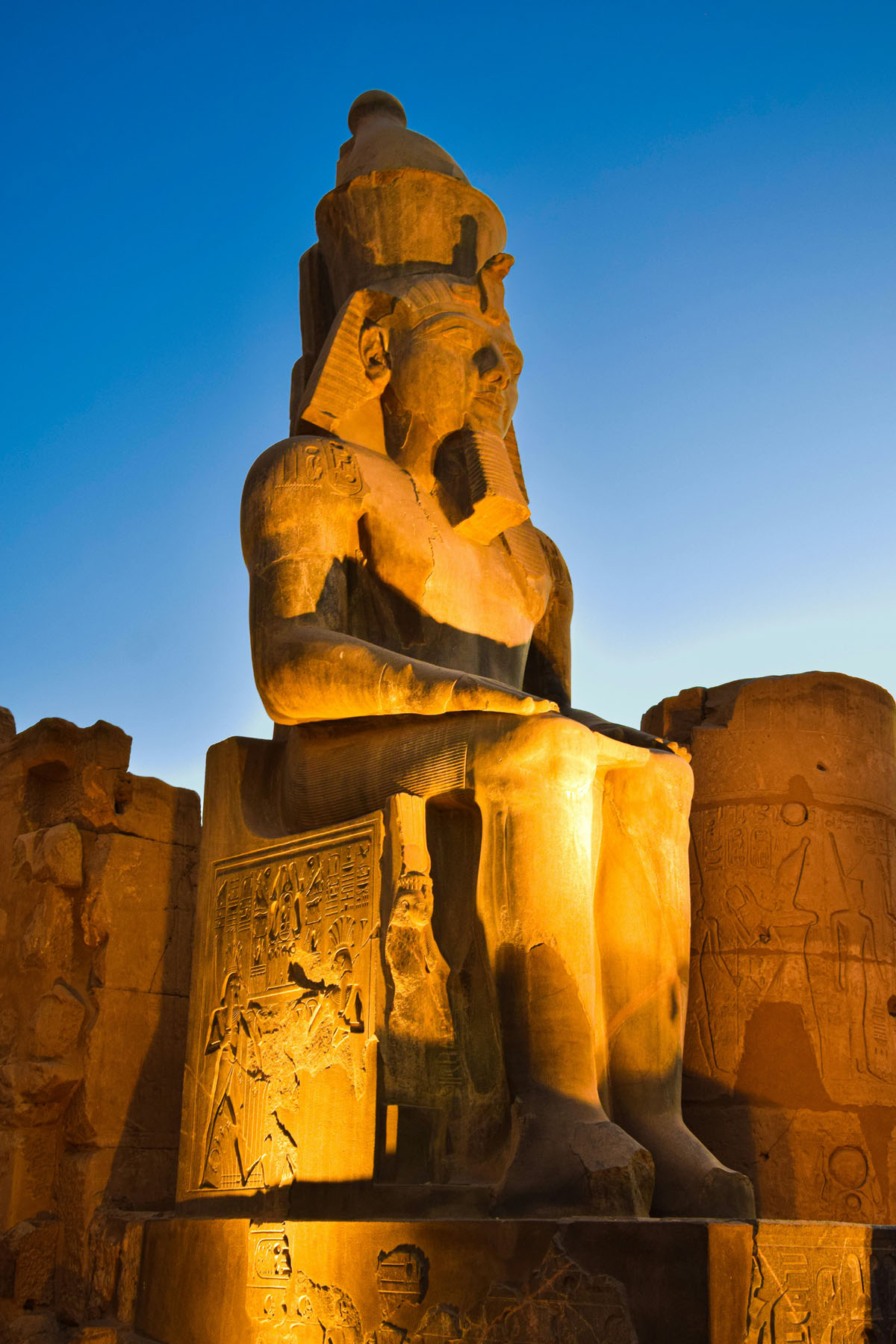
Luxor Temple isn’t your typical tribute to Ancient Egyptian gods. This temple was the hub of ancient Egyptian royalty – the place where pharaohs got crowned and celebrated epic, rollicking festivals.
Luxor Temple is all about the pharaohs themselves. Think giant statues and towering gateways all built to glorify the rulers.
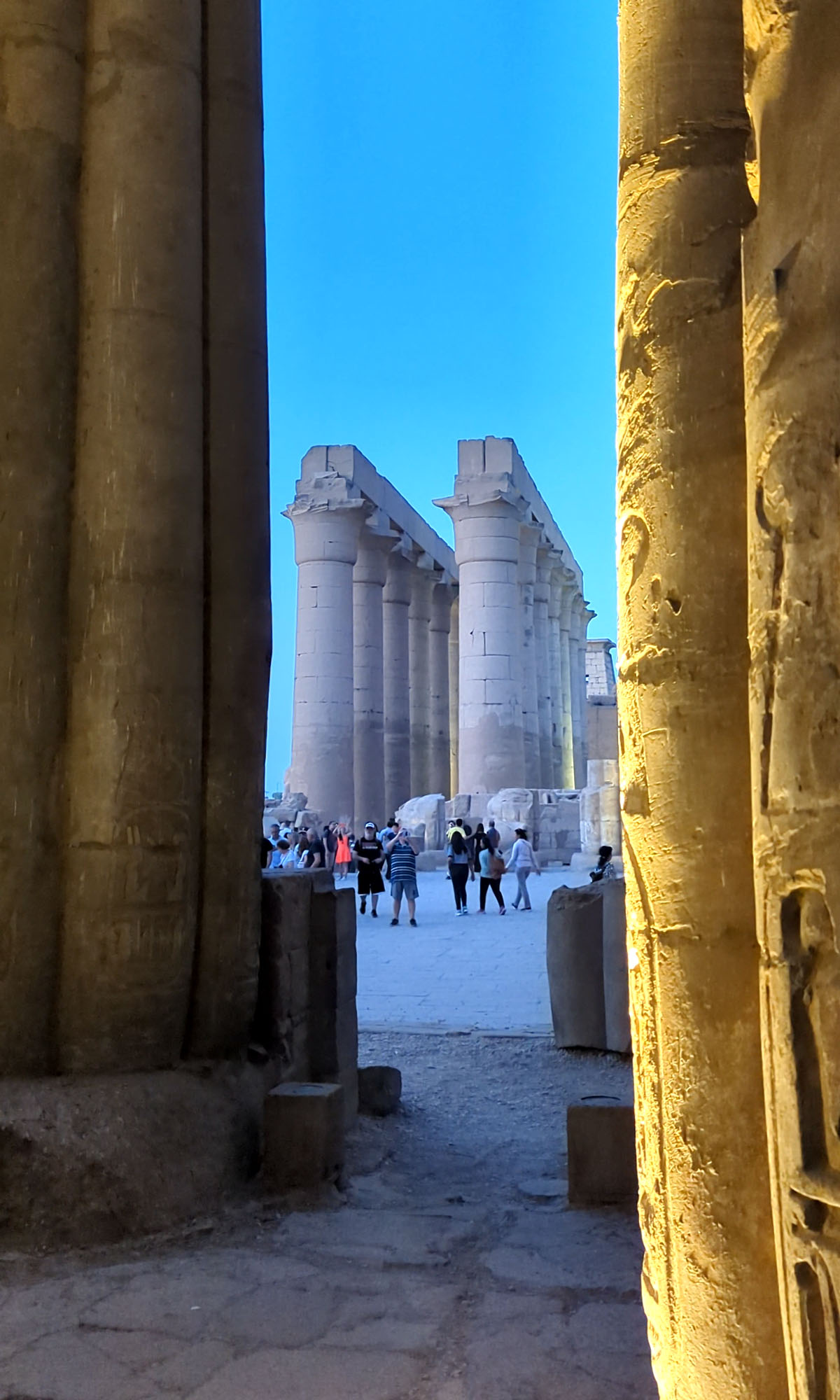
Insider’s tip: Luxor Temple is open until 10 pm so it’s a great to visit just before sunset and then see the temple illuminated at night.
And here’s the incredible part: Luxor Temple was built around 1400 BCE and it’s been a place of continuous worship for over 4,000 years! That’s because it was used by both Christians and then later Muslims, who built a mosque right inside the temple in the 13th century.
3. Hatshepsut Temple
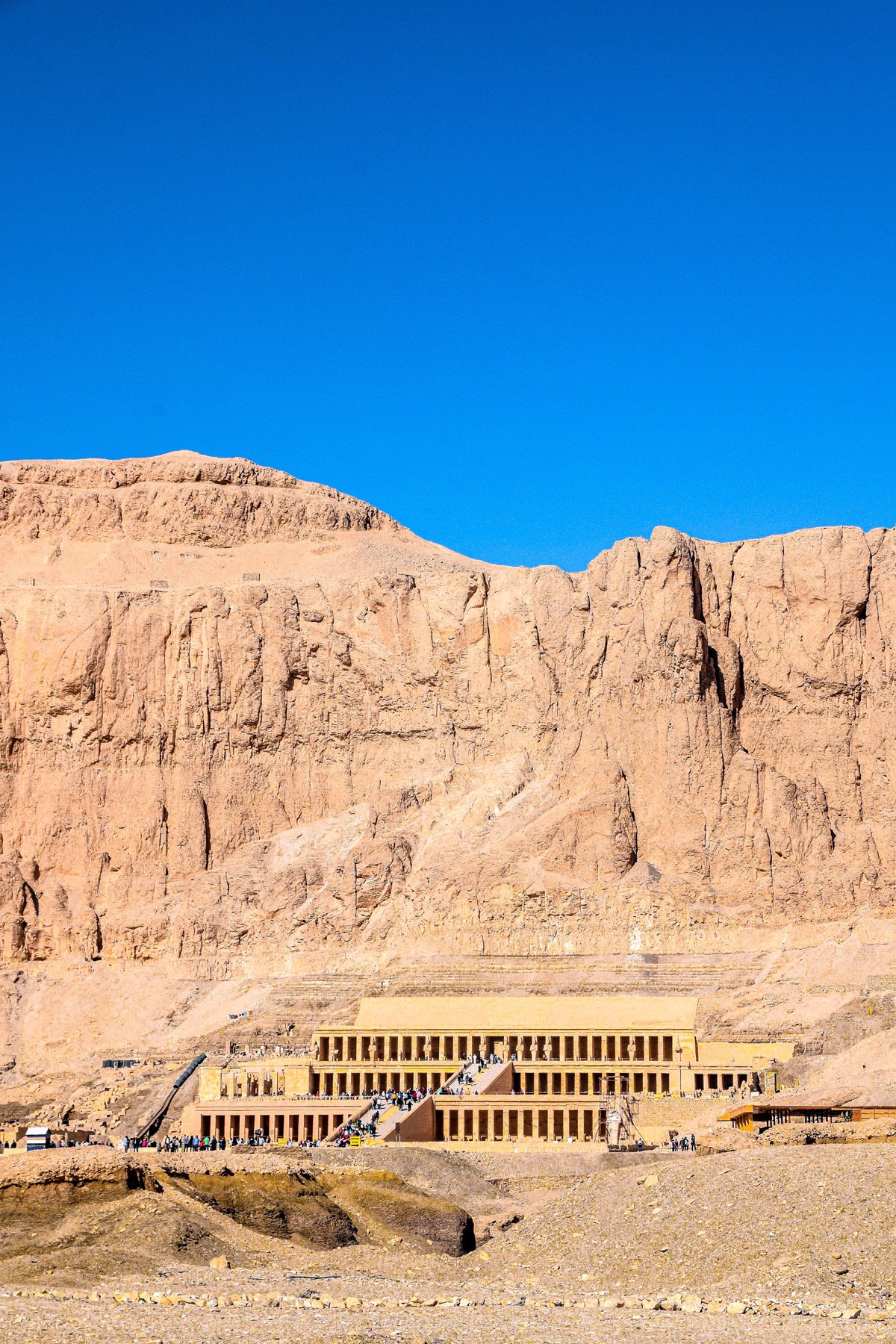
Hatshepsut wasn’t your average ruler. This powerful pharaoh carved her own stunning temple right against the cliffs of Thebes.
Located in Deir Al Bahri, the Temple of Hatshepsut is an architectural masterpiece dedicated to both her reign and the sun god Amun.
Picture this: Colonnades with beautiful carvings, statues of Hatshepsut herself and an altar dedicated to the sun god Ra. There are even reliefs showing off Hatshepsut’s accomplishments – including an adventure to a mysterious land called Punt where she gathered exotic treasures.
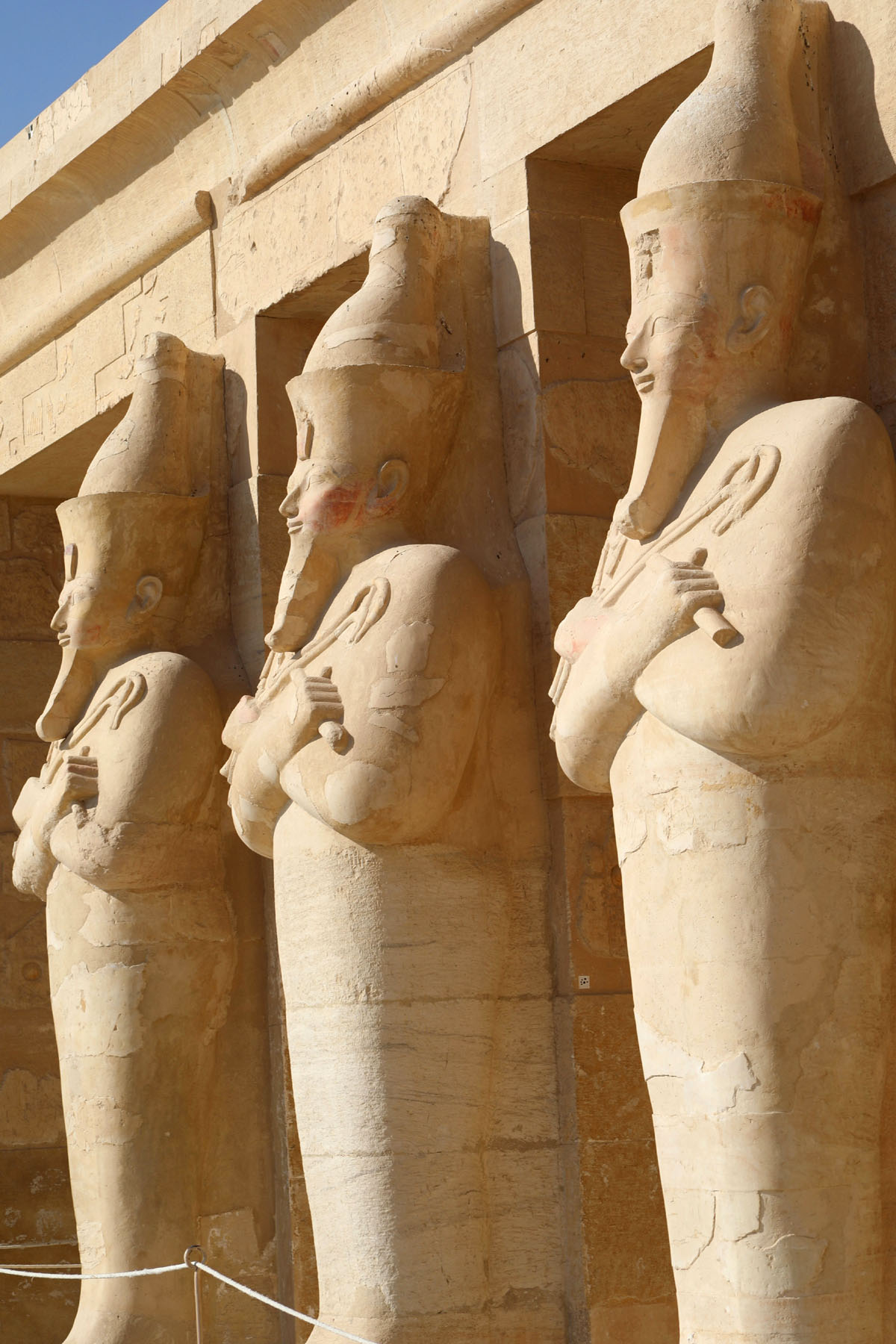
Insider’s tip: Skip the long (and uneventful) walk up the hill and hop into one of the long golf carts that do the rounds between the entrance and the temple.
Some of the temple was defaced by Hatshepsut’s bitter stepson (who wanted to erase her from history), but the temple has stood the test of centuries.
Hatshepsut Temple has clean lines and symmetrical columns that look almost modern. It’s a striking sight to see such craftsmanship right inside the rugged cliffs of the West Bank.
4. Temple of Amenhotep III

Everyone flocks to see the giant Colossi of Memnon statues – but those statues are just the beginning.
The two enormous statues actually guard the entrance to the Temple of Amenhotep III, which was once the biggest funerary complex in Thebes.
Much of the temple is gone now because of Nile flooding and earthquakes. But you’ll still spot some incredible remnants. And you’ll see a bit of Egyptology in action because there’s always excavations going on.
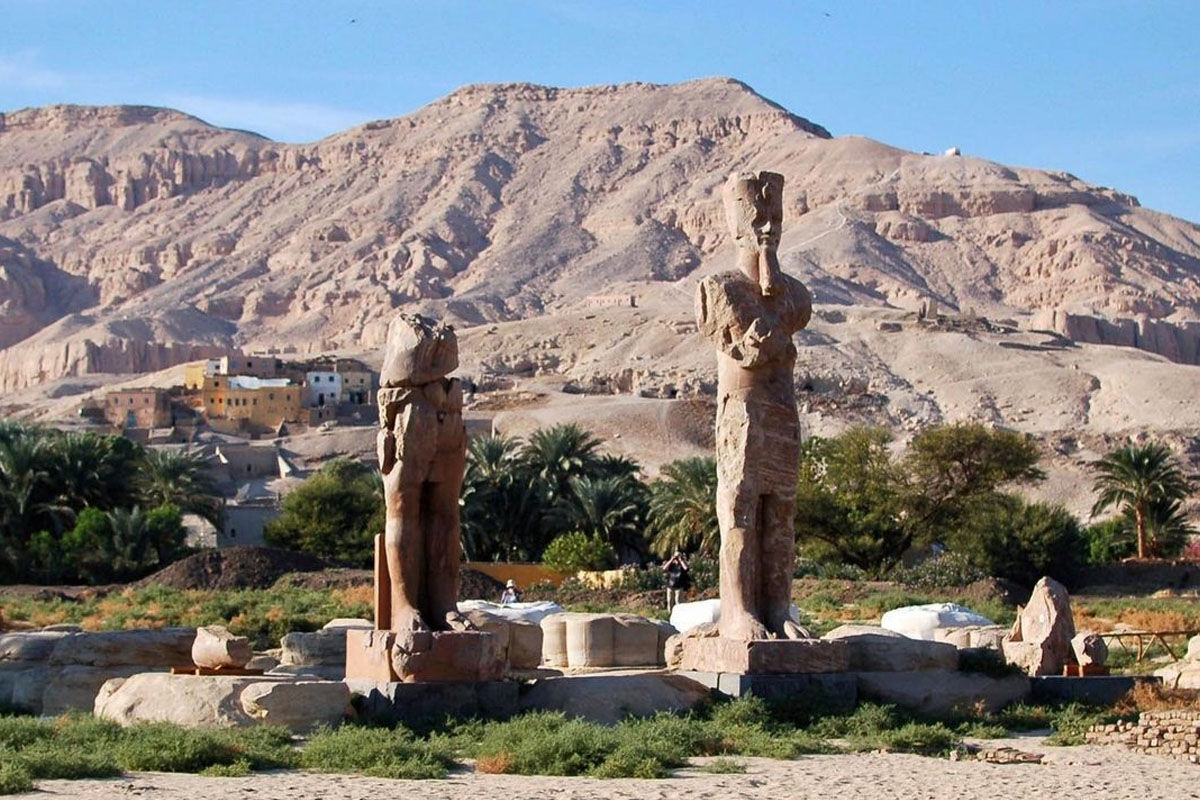
Insider’s tip: even though you can’t explore past the Colossi, keep an eye out as your bus/car drives past the temple on the way to the Valley of the Kings. You’ll likely see archaeologists digging – they’re constantly finding new treasures!
Egyptologists have unearthed hundreds of statues here including some incredible animal figures like jackals and sphinx crocodiles – all used in ancient ceremonies.
5. Ramesseum
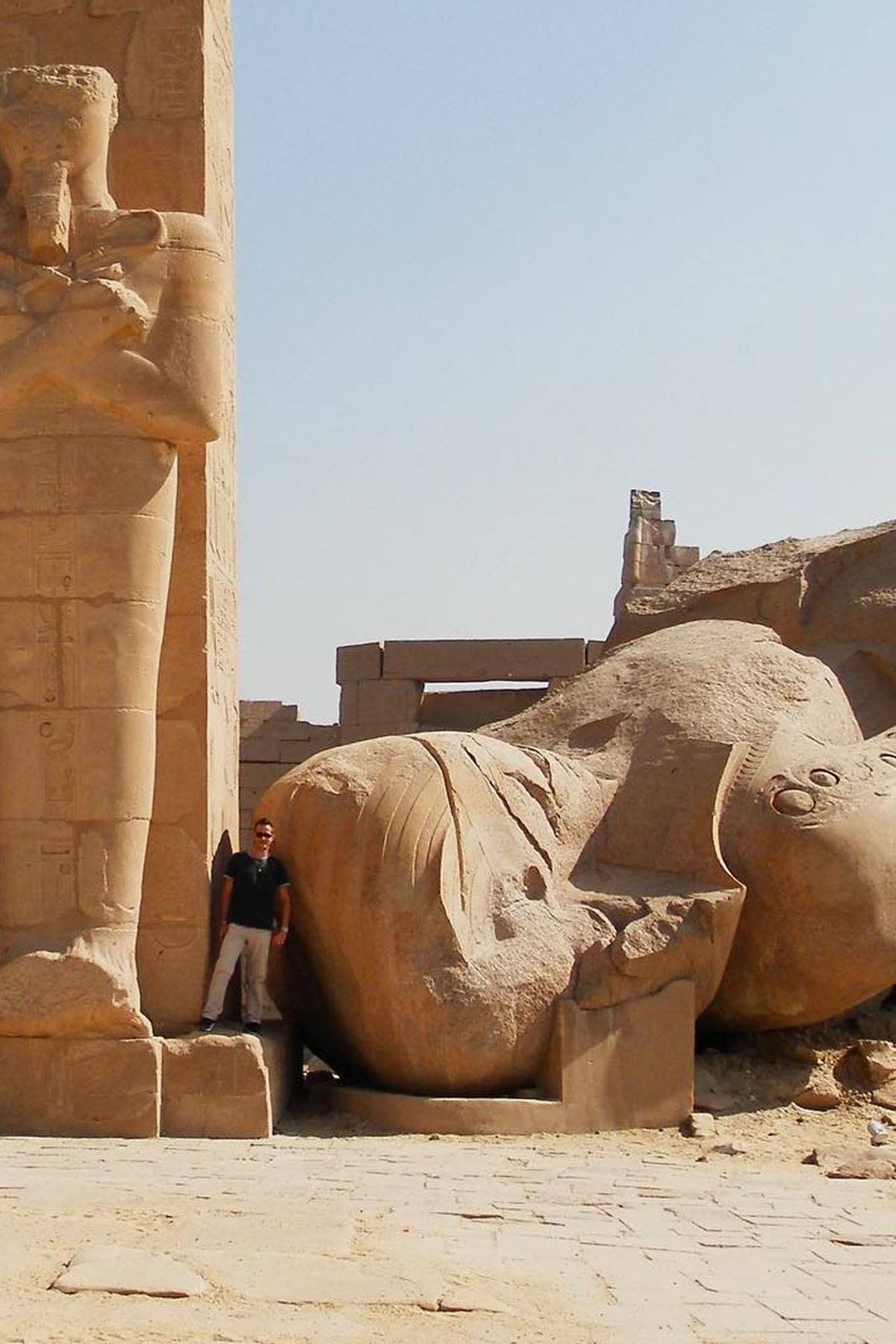
Ramses II was an Ancient Egyptian building machine (see Abu Simbel and Karnak) and his mortuary temple the Ramesseum is a monument to his own greatness.
The Ramesseum is covered with reliefs of the pharaoh’s greatest moments – from conquering the Hittites at Kadesh (or at least according to him) to raiding what was likely Jerusalem.
Insider’s tip: The Ramesseum is well off the beaten path compared to other Luxor temples. If you’re an Ancient Egypt buff – or just need a break from the tourist crowds – it’s definitely worth a visit.
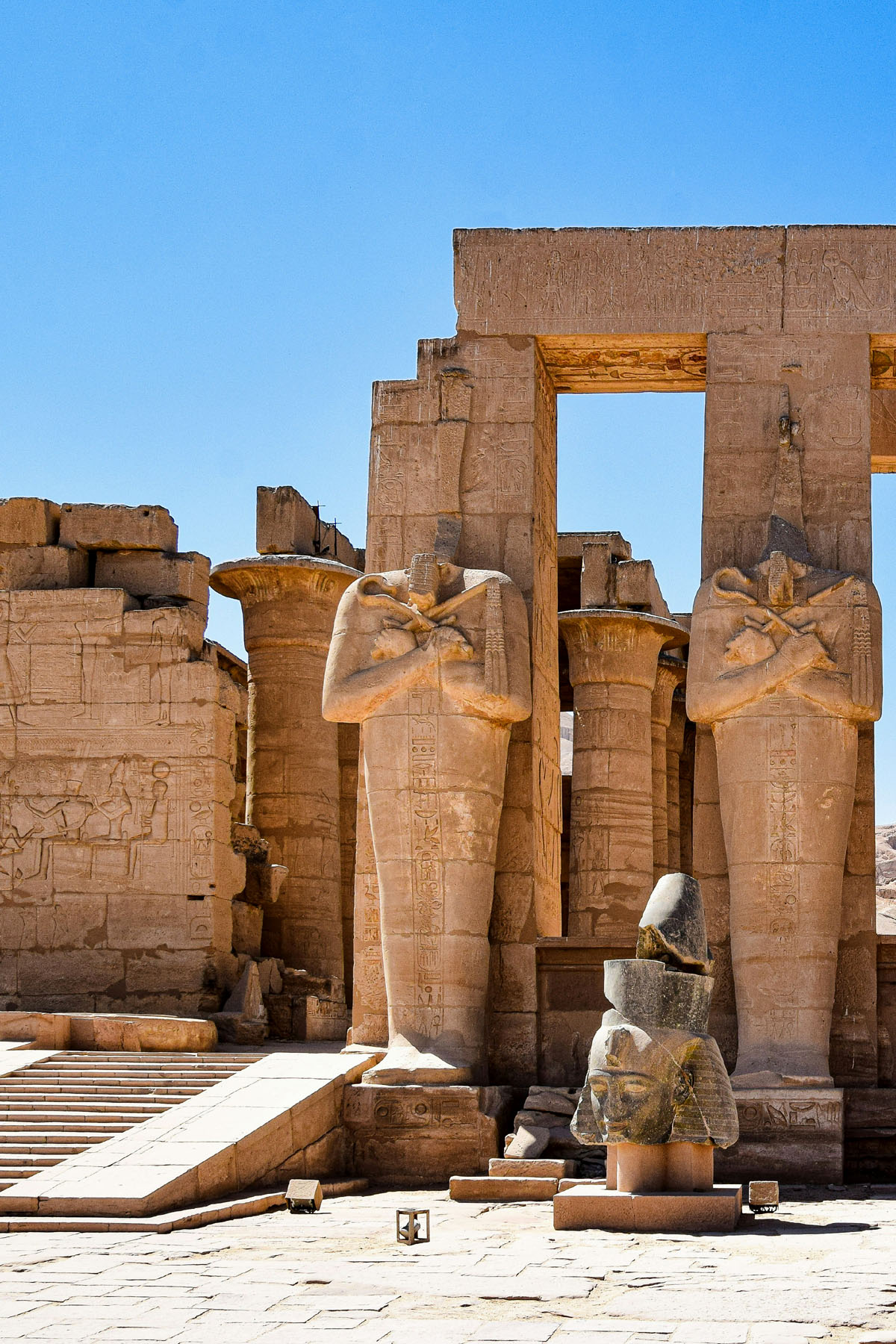
But the Ramesseum is also a reminder that even the greatest empires crumble.
The Ramesseum used to have a colossal statue of Ramses himself called the Ozymandias that rivaled the Colossi of Memnon. Now it’s just a pile of rocks in the sand – a real example of “how the mighty have fallen.” This fallen statue inspired the famously despairing poem Ozymandias by Percy Bysshe Shelley.
6. Temple of Ramses III at Medinet Habu
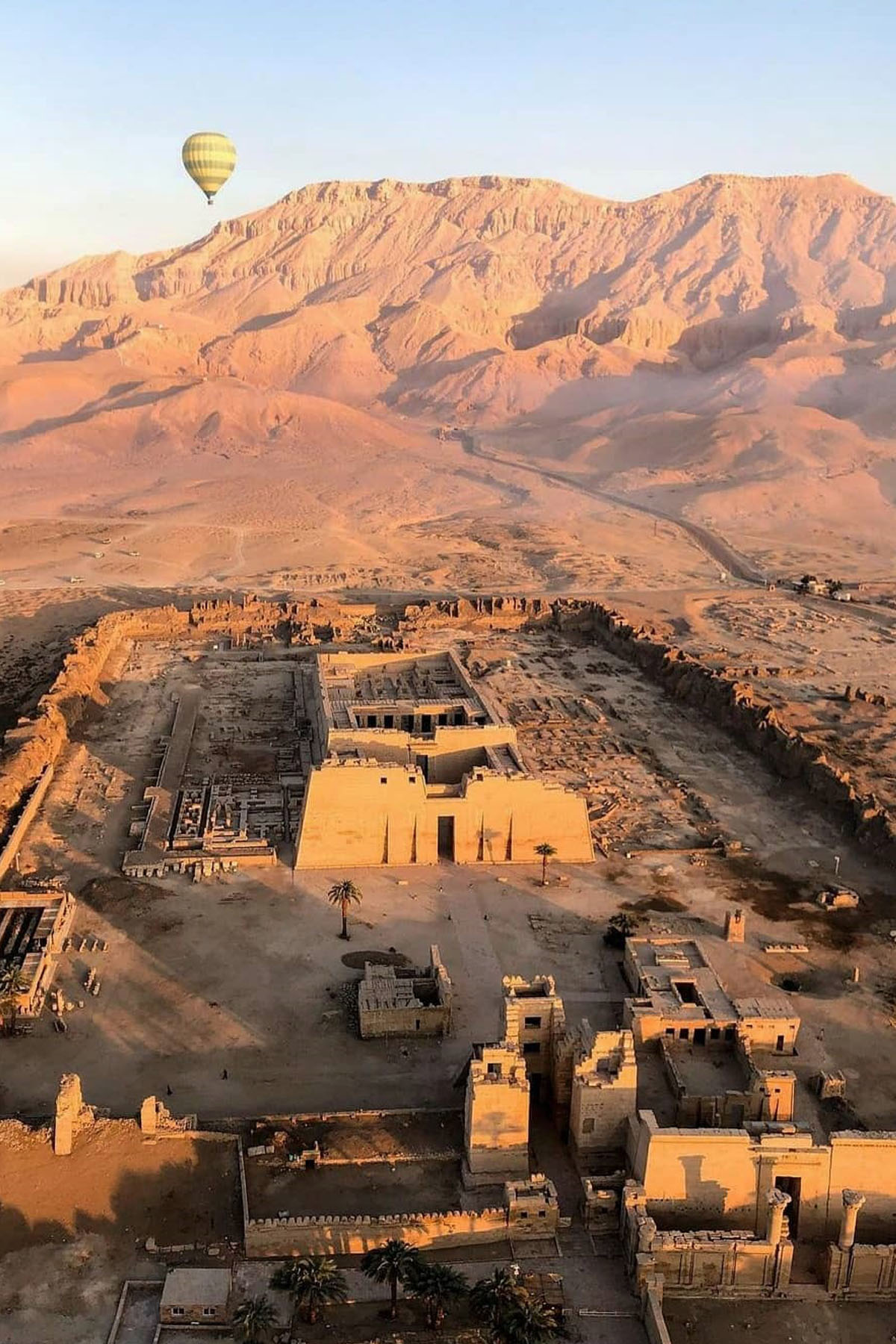
This mortuary temple of Ramses III is a giant tribute to the New Kingdom pharaoh’s greatest triumphs.
The Temple of Ramses III is a gem off the beaten path. It gets way fewer crowds than superstars like Karnak or Hatshepsut. But it’s still very impressive with colorful, well-preserved reliefs and majestic columns.
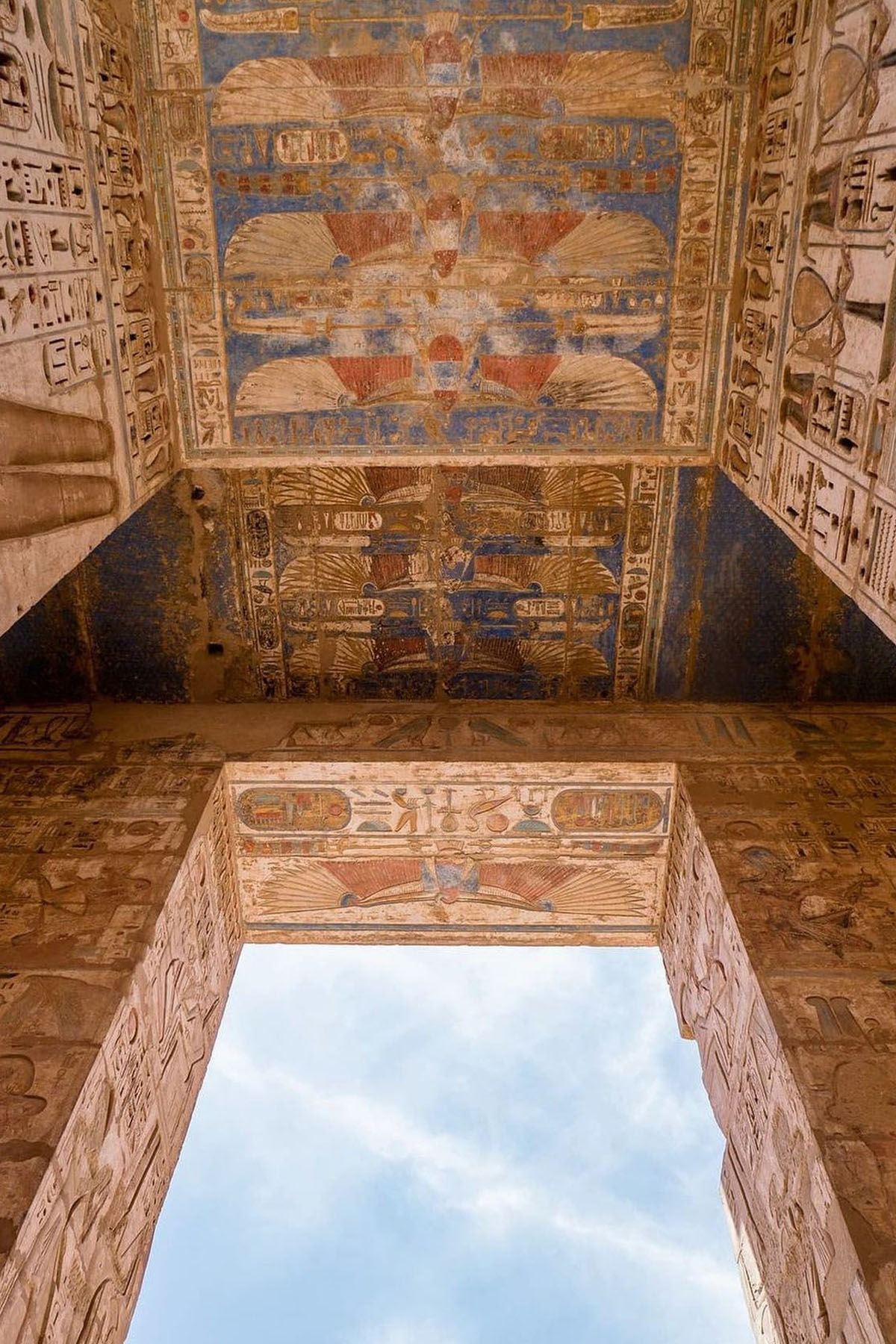
The temple is best known for some fascinating reliefs that depict the epic Battle of the Delta, where Ramses III crushed mysterious invaders called the “Sea Peoples.” Historians think these warriors might have come from modern-day Turkey or Greece.
Beyond Luxor: a list of Ancient Egyptian temples
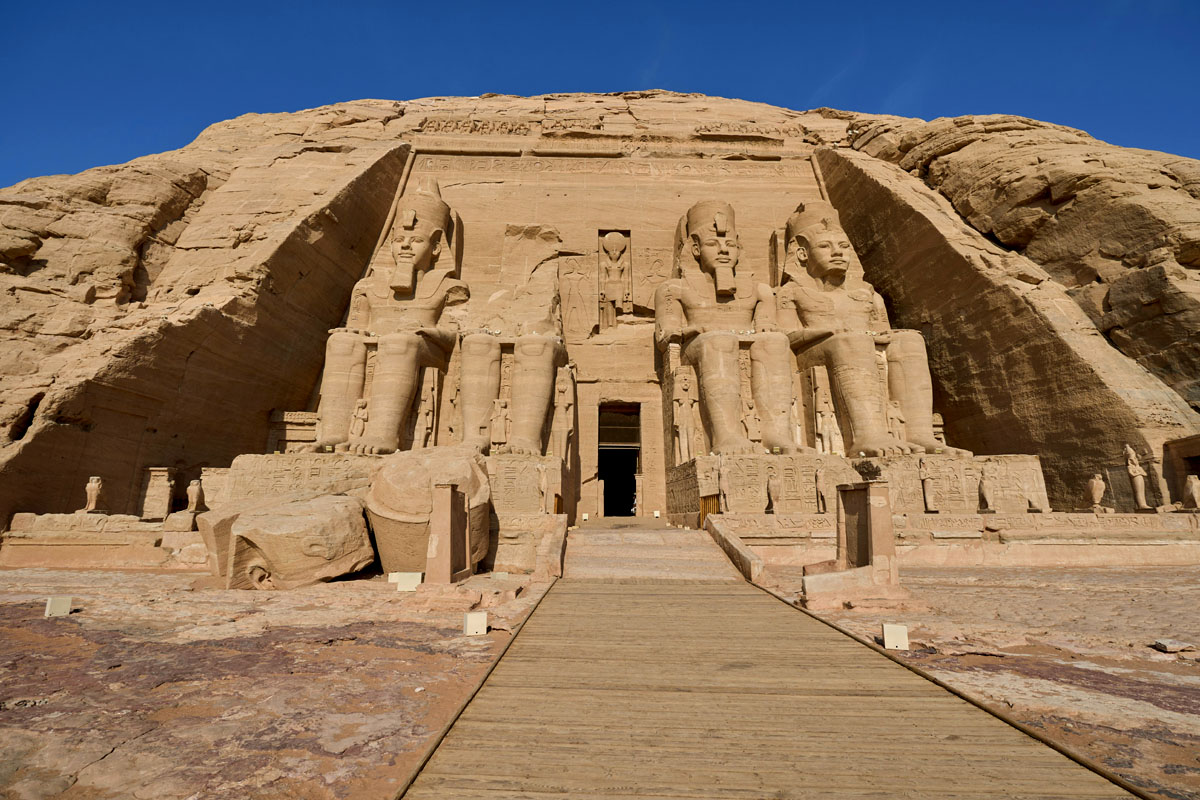
Egypt has lots of ancient temples all across the country – including Luxor, Aswan and all along the Nile.
Read 14 Incredible Ancient Egyptian Temples To Visit for a full list of all the best temples to visit in Egypt.
An ultimate Nile Cruise guide

A Nile cruise is the best way to see Ancient Egypt’s most iconic temples. Here’s your ultimate local’s Nile cruise guide to plan your perfect trip.
Read An Ultimate Nile Cruise Guide (And 8 Essential Tips!) for all my insider advice!
More resources:
10 Best Beaches in Egypt (A Local’s Guide)
10 Best Souvenirs From Egypt (You Won’t Regret Buying)
16 Reasons To Visit Egypt In 2024
Islamic Cairo: A Walking Tour (+ Must-See Hidden Gems)
15 Best Things To Do In Aswan (A Local’s Guide)



